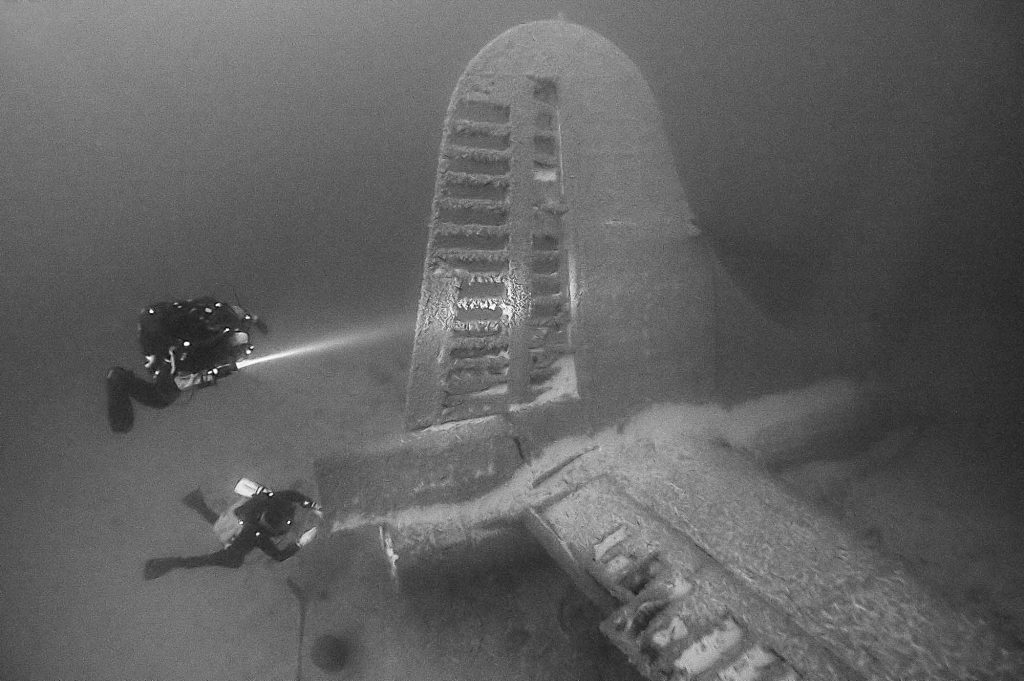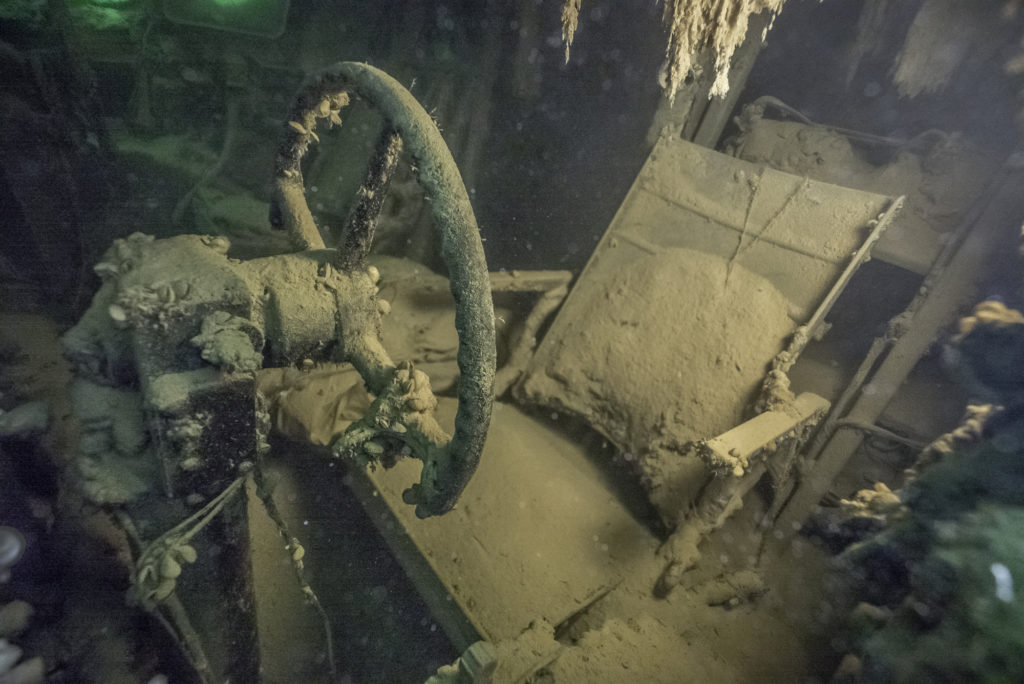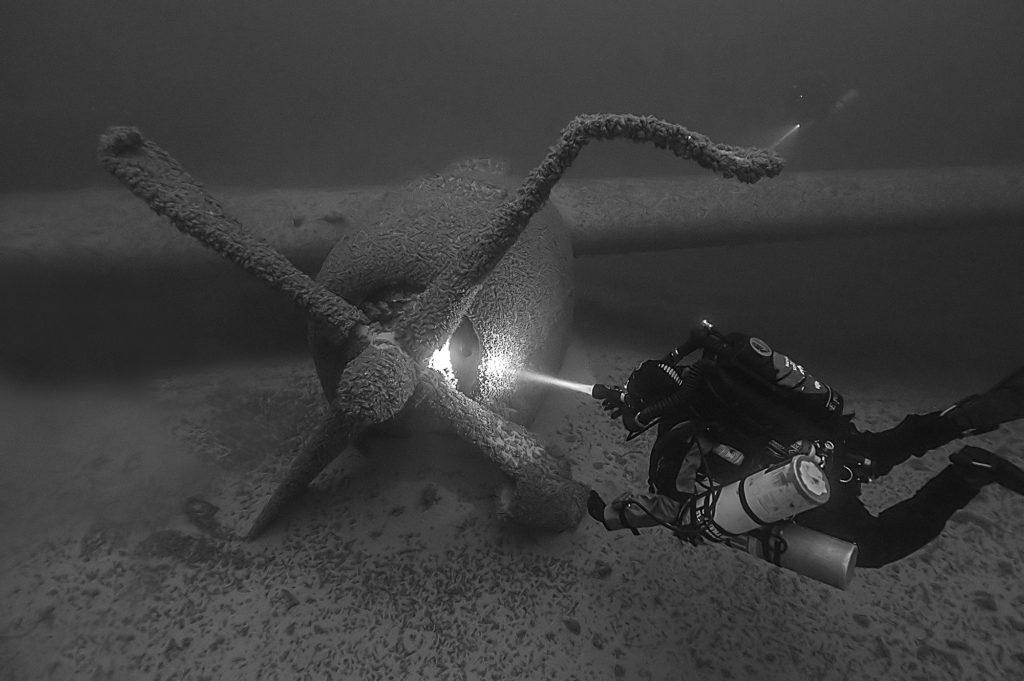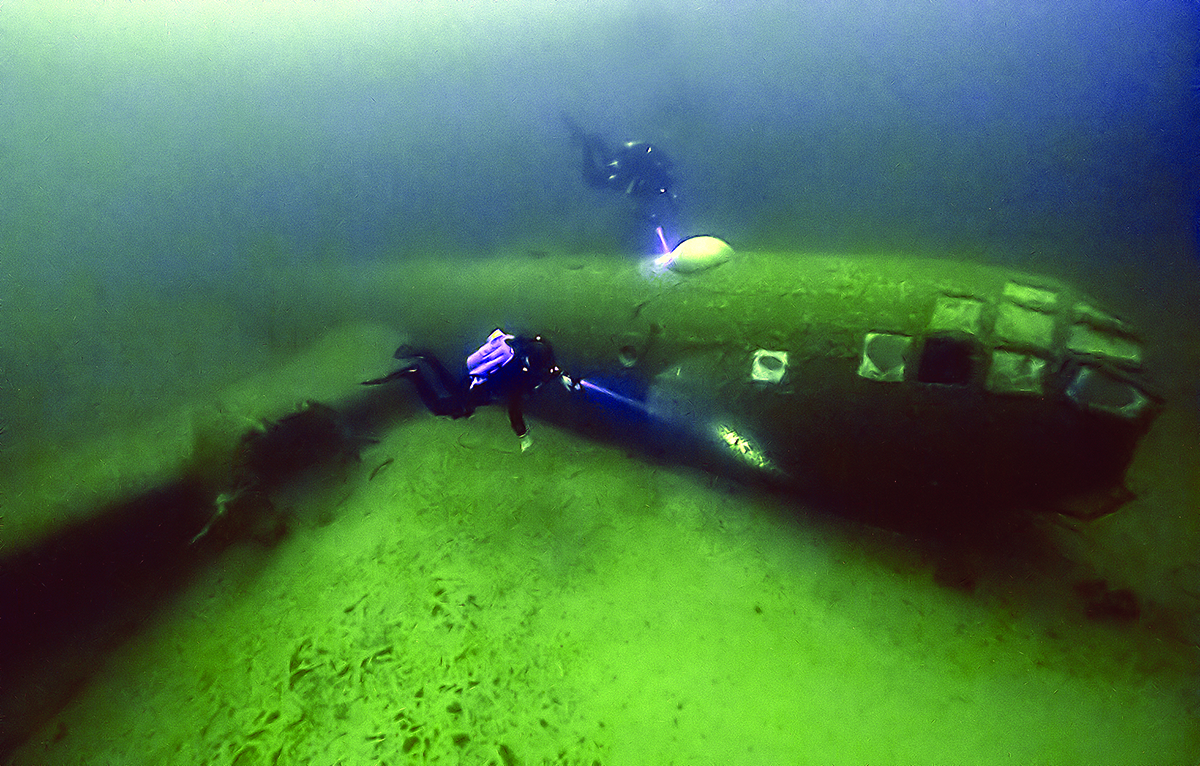
At half past noon on July 21, 1948, a Boeing B-29 descended onto the surface of Lake Mead, the Nevada reservoir behind Hoover Dam. In a gentle descent at just above its 220-mph cruise speed, the Superfortress skipped once for about 200 yards, hit again, tore off three of its four engines, and began its slow descent to the lake bottom. The five-man crew boarded two life rafts and was soon rescued, the sole injury a crewman’s broken arm.
The Air Force sanitized the crash by concluding that it was caused by an improperly set altimeter, but since this took place in daylight over a lake surrounded by desert bluffs, the pilot was obviously flat-hatting, just another airman trying to set the absolute record for the lowest flight ever.

These days, Lake Mead is emptying as the American Southwest undergoes an extended drought. The retreating waters have revealed cars, boats and even bodies entombed in oil drums, and eventually the B-29 will also surface. As of this writing, it rests under 60 feet of water and is expected to emerge in about a year, if the drought continues.
What then? The National Park Service is the wreck’s official custodian and it will have to guard it from looters. It’s doubtful that any private warbird salvor/restorer will offer to take on the project. The NPS has nominated the site as a National Historic Landmark, and if that is approved, the Lake Mead B-29 will become untouchable.
Outspoken underwater-recovery expert Taras Lyssenko, who has exhumed World War II Navy aircraft from Lake Michigan, is dismayed. “If a historic aircraft is allowed to stay in a water environment, it will deteriorate and crumble to nothing,” he told Aviation History. “The people who manage national parks are the wrong people to manage this project if they can’t understand that. That aircraft should be recovered and stabilized and put on public display. I wish our government cared more about its history, but they don’t seem to, and I don’t know if there’s anybody else out there who does.”







